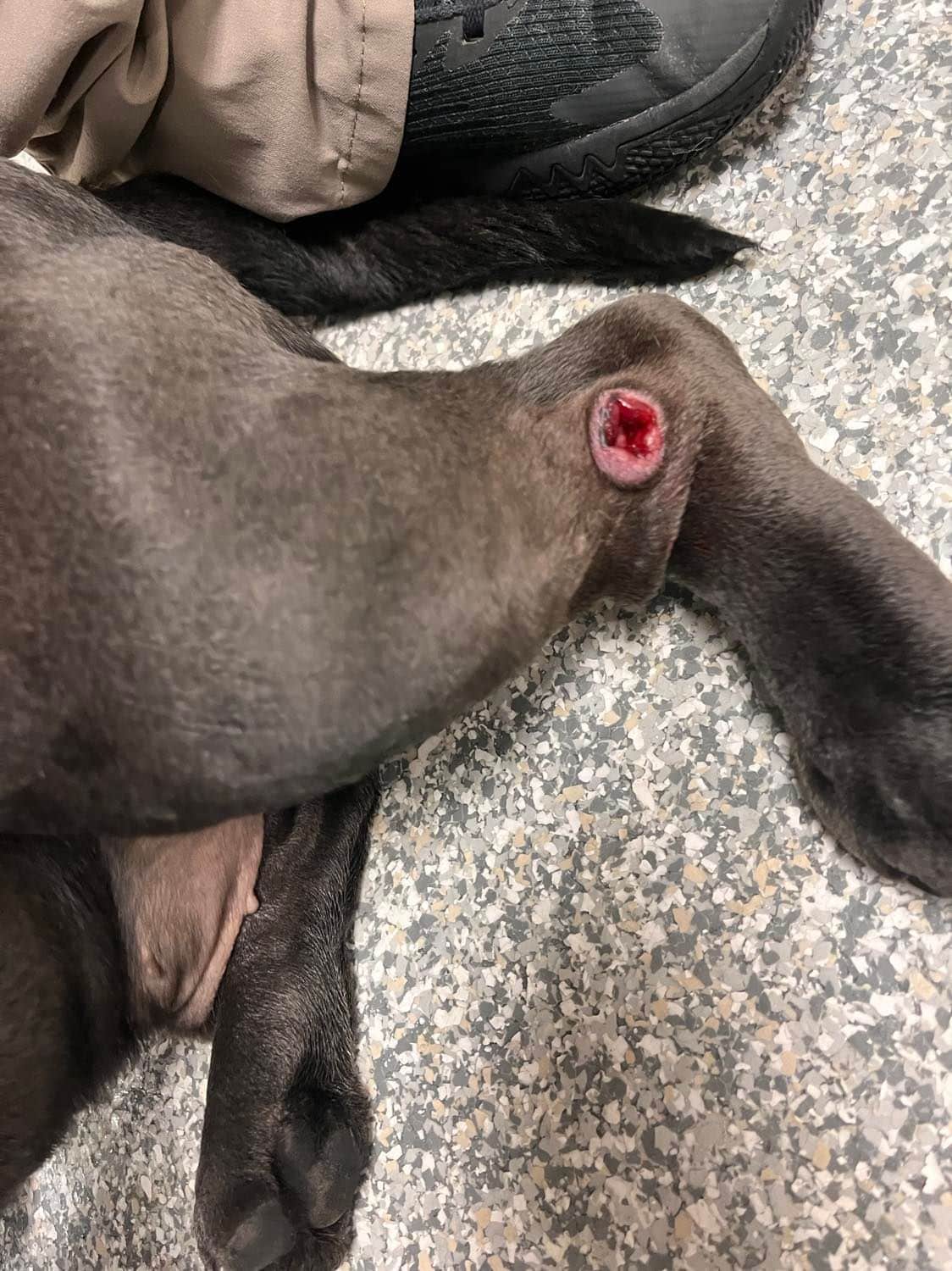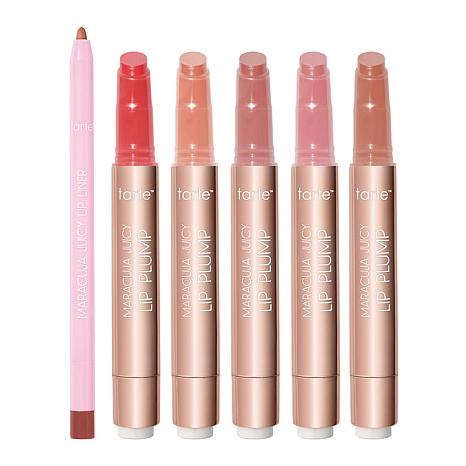
It’s nearly impossible to read through the list of ingredients on any given skincare product without the help of a search engine.
Phenoxyethanol, Polysorbate 80, Ethylhexylglycerin – the list goes on.
Even the ingredients we can understand like “fragrance” could be a blanket label to hide up to 3,000 different, potentially harmful chemicals.
Within the lengthy lists of foreign-sounding ingredients, it’s no wonder that many are wondering 1) what is going on and into the skin and 2) what are the long term consequences? Could they be cancer causing?
As articles spread, x-listing ingredients like aluminum in deodorant and other popular skincare products, it’s a fair question and the answers leave a lot in the gray area.
Clinical testing can only go so far and the long term consequences are hard to trace back.
Here’s the low down of the potential and proven carcinogenic ingredients that are hiding in popular skincare products and how you can avoid them.
Why the Confusion?
In the United States, we look to the FDA to regulate both cosmetics and drugs.
Before a product can go to market, it must be tested for short and long term effects, whether it’s tested on animals, humans, both, or neither.
Sometimes these tests use the entire product and sometimes the ingredients are isolated and tested on their own for signs of an allergic reaction, irritation, or other disrupting effects.
In any case, these studies cannot replicate the long term, authentic application and daily wear that is the intended use of the product.
Products or specific ingredients may be tested on mammals to detect short term effects like irritation but these tests fall short in recognizing potential long term risks such as cancer.
For most of the cancer causing substances, they may pass the “no irritation” test but it would take years after the test ends for the cancer to even occur.
In order to reach a conclusive result, it would require studies to last upwards of 20 years and even then, it’s hard to trace a cancer back to one ingredient in a skincare product and not, say, the cleaning products, detergents, diet, health history, or any combination of factors, led to the development of cancer.
Operating under the parameters of these short term studies also requires that the ingredients in question be isolated and administered in high concentrations.
Oftentimes, this does not reflect the true prolonged application of the products that are under evaluation.
Finally, singling out one exposure from one chemical is nearly impossible.
We’re exposed to a variety of substances throughout the day in the air, in our foods, our clothes, and in other products.
In order to definitively test one substance to see if it’s cancerous, a large group of individuals with various skin types and health histories would need to be observed over the years as they live out the exact same routine application and exposure of the potential carcinogen/product in their everyday lives.
With new products being released almost every day, each with their own special formula, it becomes increasingly difficult to definitely and flatly say “this will/will not cause cancer”.
Yikes!
So what’s the current rule of thumb?
How can we put items on the market without being able to answer that question with the utmost certainty?
While the FDA does not have the authority to require cosmetic companies to test their products, they do have the ability to request recalls and take action if they have reasonable information that a product on the market is not safe.
Despite all the confusion and questions around the way skincare products are tested, there is reason to believe that there are certain substances that should be avoided.
According to the American Cancer Society, most experts believe that the substances which have been proven to cause cancer in animals may have the potential to cause cancers in humans and should be treated with caution.
Here is a list of ingredients to keep a wary eye out for that have been linked to cancer.
1) DEA (diethanolamine)
DEA’s, specifically Cocamide DEA & Lauramide DEA, are an additive used to make skincare products more creamy or sudsy.
Exposure to high doses of DEA-related ingredients (such as monoethanolamine and triethanolamine) has been shown to cause liver cancers in mice and should be avoided.
DEA’s are commonly found in soaps and cleansers.
Look out for DEA, TEA, and MEA in the labels of shaving creams, foundations, lotions, and sunscreens (as well as household cleaning products, mascara, and eyeshadows).
2) PEGs A.K.A. 1,4-dioxane
Although PEGs are not required to be listed in ingredient labels, PEGs can be found in some skincare products where they are used for a number of purposes such as thickening, thinning, foaming, and holding moisture.
1,4-dioxane (aka PEG) forms as a byproduct of the manufacturing process for some skincare ingredients.
Despite manufacturers taking large precautions to avoid creating 1,4-dioxane, it is nearly unavoidable that a small amount remains.
1,4-dioxane is a known animal carcinogen and has thus been identified as a probable human carcinogen by the U.S. Environmental Protection Agency.
It can be found in foaming cleansers, body washes, and some shampoos and conditioners.
Since you can’t find it plainly listed in the ingredients label, the FDA says to look out for ingredients with the verbiage “PEG,” “Polyethylene,” “Polyethylene glycol,” “Polyoxyethylene,” or ingredients with “-eth-,” or “-oxynol-” in the name.
3) Formaldehyde-releasing preservatives
It’s very unlikely that you’ll find formaldehyde in your skincare products.
But formaldehyde-releasing preservatives?
Look out.
These ingredients are used as preservatives in skincare products – and also used in plastics, cleaners, resins, and other things you definitely don’t want to incorporate into your nightly skincare routine.
These ingredients slowly release formaldehyde, a known human carcinogen, into your skin and have been known to be linked to leukemia.
Aside from products under your kitchen sink, you should look out for these ingredients in body washes and soaps.
Namely these are DMDM hydantoin, diazolidinyl urea, imidazolidinyl urea, methenamine, quaternium-15 and sodium hydroxymethylglycinate to name a few.
4) Parabens
Parabens are yet another preservative that is commonly added to skincare products, albeit in small amounts.
Although parabens occur naturally in certain foods, the artificial parabens that are added to cosmetics and skincare products are linked to certain types of skin cancer.
Additionally, parabens are a known endocrine disruptor, meaning they mimic estrogen which can lead to breast cancer.
When parabens are combined with other estrogenic chemicals, they may also potentially influence the development of malignant melanoma, one form of skin cancer.
Parabens are found in your more water-based products such as moisturizers, cleansers, and scrubs as well as shampoos and conditioners.
Check out our blog on the products we love that are truly paraben free.
5) BHA (butylated hydroxyanisole) and BHT (butylated hydroxytoluene)
Both are similar synthetic antioxidants that are used as preservatives to prolong the shelf life of your product.
Depending on dosage amounts, BHA and BHT have been found to cause allergic reactions in the skin.
The International Agency for Research on Cancer classifies BHA as a possible human carcinogen.
In addition to skin irritation and allergic reactions, studies have also found that long-term exposure to high doses of BHT is toxic in mice and rats.
So, based on the American Cancer Society’s rule of thumb, this makes BHA and BHT a major red flag.
In the skincare and cosmetics world, BHA and BHT are commonly found in lipstick, sunscreen, antiperspirant and moisturizers.
They’ve also been found as a preservative in food!
6) Benzophenone
Benzophenone is an additive that is used to protect from UV-light.
On top of endocrine disruption, studies have also shown that benzophenone may lead to several different types of cancerous tumors.
Benzophenone is also referred to as BP#, oxybenzone, sulisobenzone, and sulisobenzone sodium.
Look out for these ingredients in lip balms, sunscreens, and moisturizers.
7) Petrolatum
Petrolatum is a byproduct of petroleum jelly that is commonly used as a moisturizing agent.
When properly refined, petrolatum is no cause for concern.
However, when it is not fully refined, it can become contaminated with polycyclic aromatic hydrocarbons (PAHs) which have been flagged as a potential carcinogen.
It is not uncommon for the petrolatum found in many skincare products to be inadequately refined, especially in the US.
There are many types of PAHs, some of which are considered probable or potential carcinogens, and one has been classified as a known carcinogen.
When exposed to high levels of PAHs, some studies have shown that it increases the risk of breast cancer.
Imagine that this unrefined petrolatum is like a magnet for carcinogenic PAHs.
No thank you!
Avoid moisturizers that contain petrolatum, unless the company certifies it has undergone adequate refinement.
If you see the ingredient “white petroleum” listed, this indicates that it has been fully refined and is safe for use!
8) Sodium laureth sulfate (SLES)
Sodium laureth sulfate is another chemical used to make products lather, bubble, and foam.
Similar to Petrolatum, sodium laureth sulfate has the potential to be contaminated by PAHs, a probable/proven class of carcinogenic chemicals.
You’re most likely to find sodium laureth sulfate in facial cleansers and body soaps.
Final Thoughts
Ingredient labels are meant to help us understand what we’re going to potentially put on our skin and help us to make better buying decisions
However, the truth is that inadequate regulation means that harmful ingredients can hide in plain sight, right there in the ingredients label.
Many harmful ingredients hide behind the label “fragrance” or use abbreviations to confuse and mislead consumers and many of us don’t know what to look out for.
Many of these ingredients also carry additional risks with them such as endocrine disruption and environmental toxicity so it’s important to be curious about the products we allow to be absorbed into our bodies.
This list of carcinogenic ingredients isn’t a comprehensive guide, but rather a tool to use when learning about the ingredients that have become a part of your skincare ritual.
If you’re unsure of the gibberish-sounding ingredient names that are in your favorite products, give them a quick search or check out the Campaign for Safe Chemicals for a quick recap.
No more gimmicks – look out for the ingredients hiding right in front of us to make sure your products are doing exactly what they should for your skin in the short and long run.






